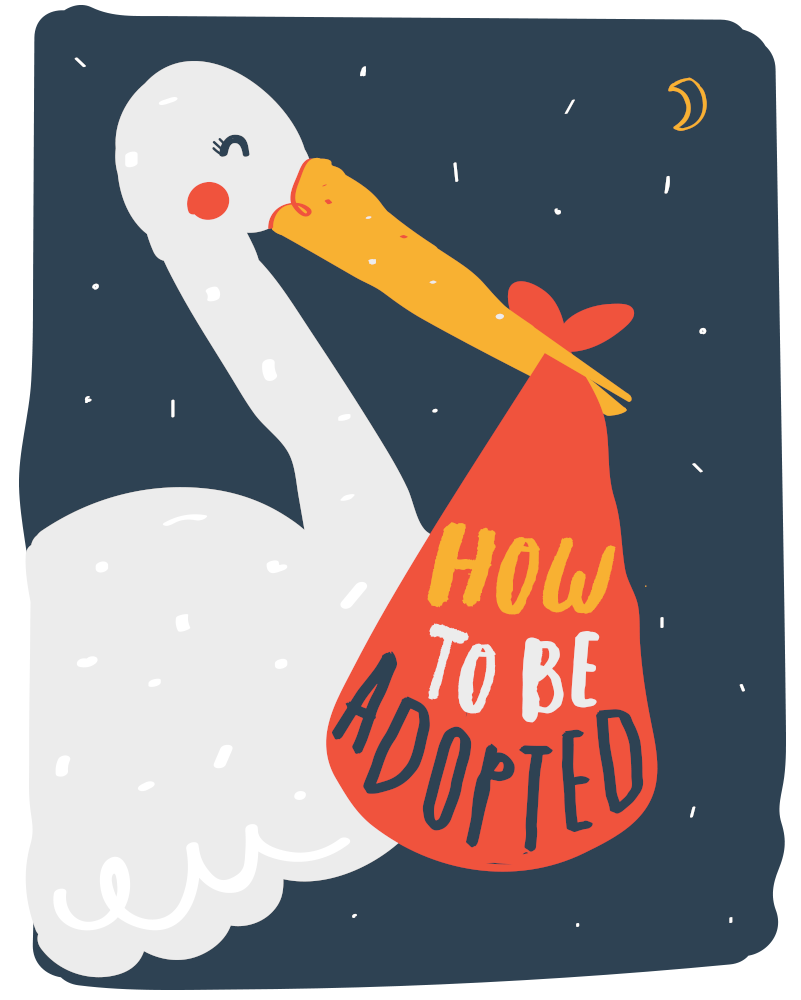Adoption, ADHD, and EMDR - a personal journey on the path to self
“After most sessions, as challenging and painful as they were, I slowly shed the layers of trauma,” by Carole Dwelly

Adoption Impacts - Rejection and People Pleasing - by Gilli Bruce
New blog post from the popular adoptee author and therapist Gilli Bruce

What is EMDR and why can it be helpful for adopted people? guest blog from David Benjamin
Therapist and adoptee David Benjamin explains all about EMDR and how it can help with adoption trauma

Six things I've learned since coming out of the adoption fog
Since I had my children I’ve been slowly emerging from the adoptee “fog”. It’s been a hell of a ride, with new revelations coming thick and fast. Here’s what I now know…
